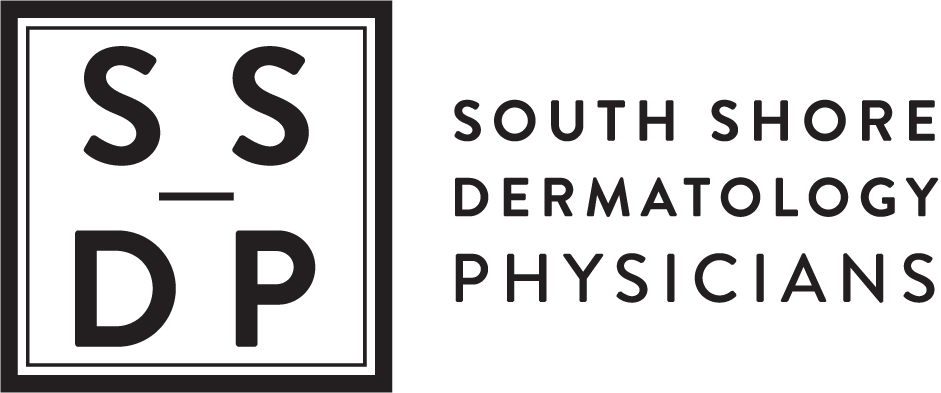Could I Have Rosacea?
Patients often ask about facial redness, frequently accompanied by acne-like bumps. This could be rosacea, a common skin condition. It typically presents in adults but can occur at any time of life. Learn more in our two-part blog series.
Four main subtypes of rosacea
There are four subtypes of rosacea:
Erythematotelangiectatic Rosacea: The most common type of rosacea, symptoms are redness and prominent blood vessels on the cheeks, nose, and chin. Flushing occurs and is sometimes associated with a burning or stinging sensation.
Papulopustular rosacea: The second-most common type of rosacea, it presents with acne-like bumps on the nose and cheeks. In contrast to traditional acne, blackheads are not a prominent feature.
Phymatous rosacea: This type of rosacea presents with an enlarged nose that has a cobblestone appearance due to inflammation, swelling, and enlarged oil glands.
Ocular rosacea: This often presents with an irritated, gritty sensation in the eyes, accompanied by redness, tearing, and sometimes inflammation and crusting of the eyelids.
Causes of Rosacea
Genetic factors and environmental triggers are thought to play a role in the development of rosacea.
About 20% of people with rosacea have a family history of the condition.
Extreme temperatures, spicy foods, heat, chocolate, alcohol, and sun exposure may trigger a rosacea flare.
Demodex mites, which live in hair follicles, are increased in people with rosacea, promoting inflammation.
If you have any of these symptoms, stay tuned for our follow-up blog to learn about treatment options, and consult one of our board-certified dermatologists for diagnosis and management.
Any questions? Please contact SSDP to schedule an appointment with any of our physicians.
References:


